Top 10 Daffodils 2024
Top 10 Daffodils 2024
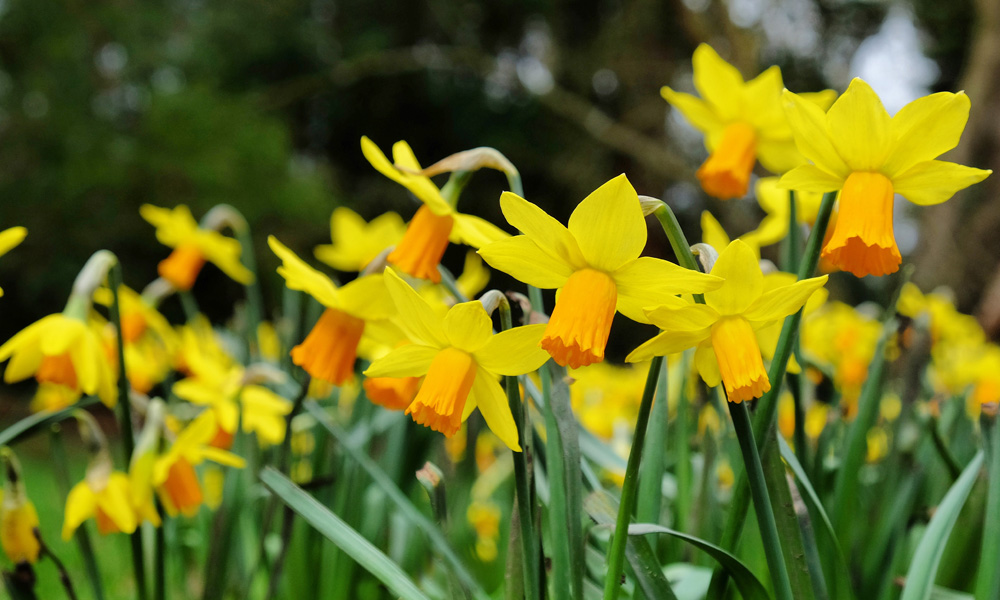
Spring signifies rebirth and life, the time of year where our gardens feel fresh and rejuvenated. Nothing shouts spring more than Daffodils! For over 30 years, Hayloft have been sourcing plants and bulbs. During this time, we have found the top varieties from the finest growers; the following 10 varieties from these growers have been successfully tried, tested, and trusted by thousands of happy customers. Here's our Top 10 Daffodils 2024 you can plant from September to December to enjoy for late winter to spring colour.
Narcissus Tete-A-Tete
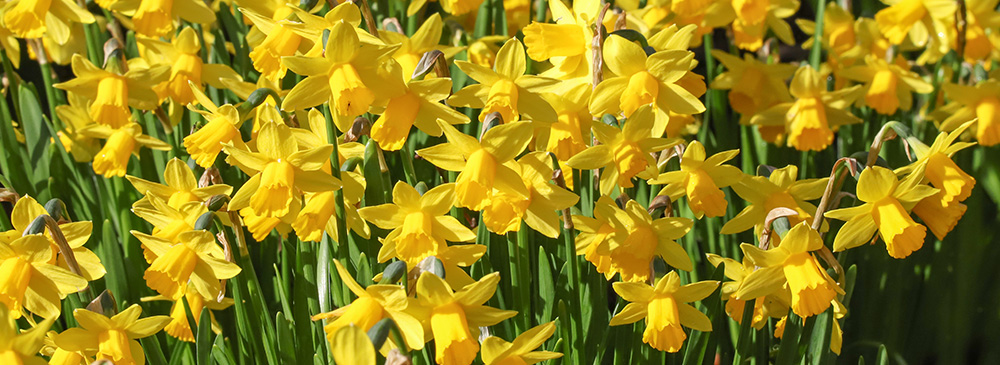
Multiple award-winning Narcissus ‘Tete a Tete,’ perhaps the world’s most popular miniature daffodil. With fragrant and exquisitely formed trumpet-shaped blooms, which last well in the vase and in the ground for an outstanding spring display.
Narcissus Sinopel
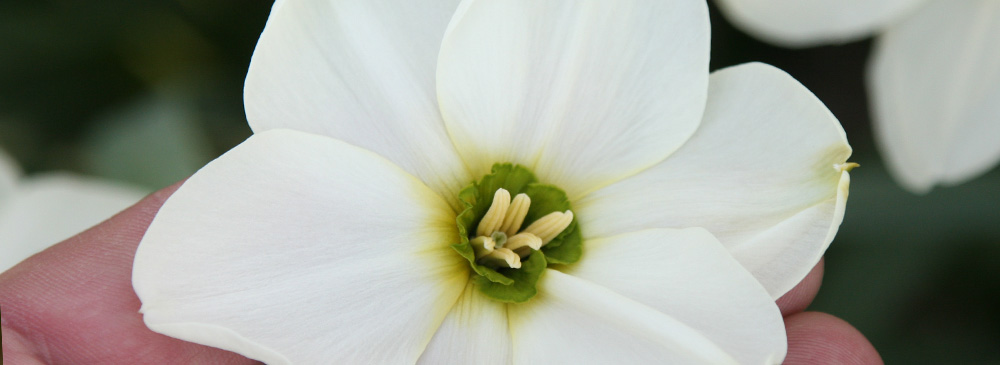
Narcissus Sinopel features large white open petals and a neat zesty-lime cup on stems up to 35cm tall. The stunning blooms are highly fragrant and make wonderful cut flowers, lasting up to a week in the vase.
Narcissus Jetfire
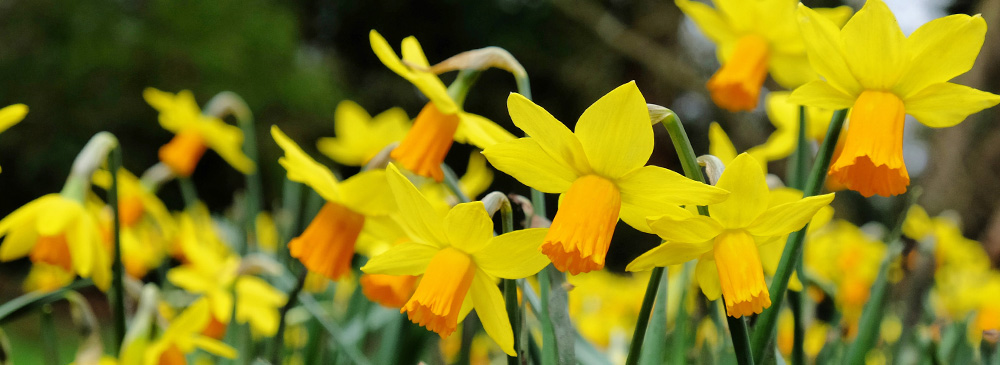
Liven up your patio pots and spring borders with racy little Narcissus Jetfire! This dwarf narcissi reaches a petite 20cm tall, making it perfect for underplanting, rockeries, or a dainty addition to pot displays. Sunny yellow petals are slightly reflexed, surrounding a bright orange trumpet.
Narcissus pseudo subs. Pseudonarcissus
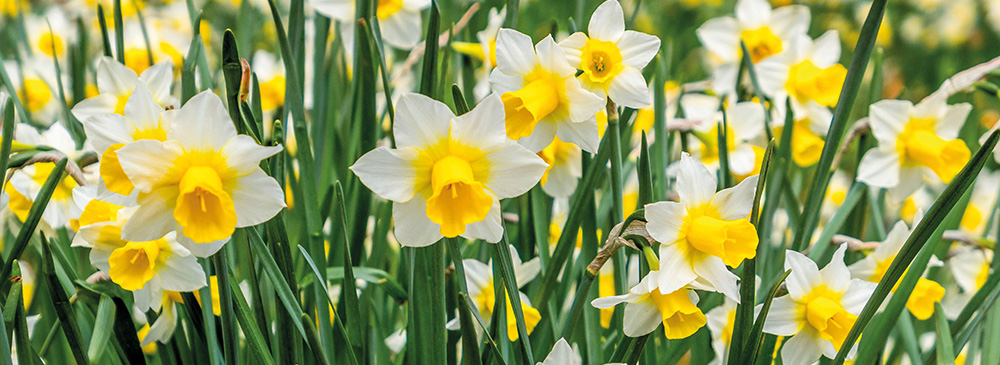
Narcissus Pseudonarcissus is our wonderful native daffodil. This wild daffodil is rare to find, but when you do discover them, they are usually found growing in abundance in grassland, orchards, and damp woodland. These are the daffodils we imagine William Wordsworth stumbled upon as he wandered lonely as a cloud. Soft yellow petals hold brighter yellow trumpets looking slightly untamed, as wildflowers do, on stems up to 30cm tall.
Narcissus Geranium
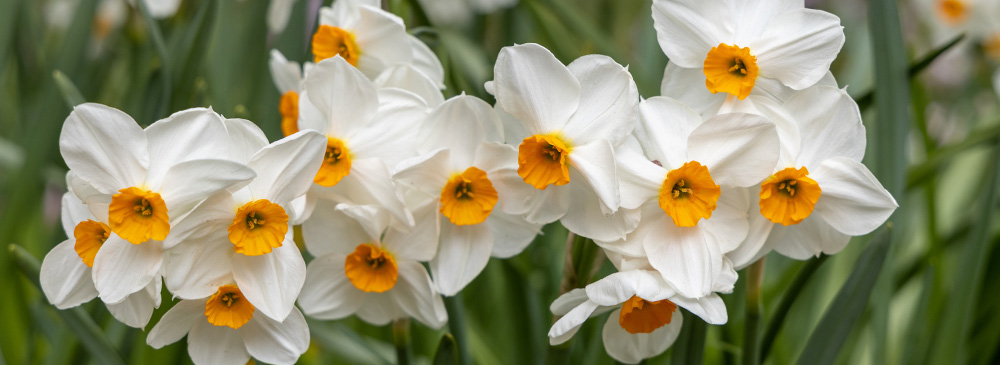
Brightly coloured and deliciously fragranced, Narcissus Geranium is a top-performing Tazetta, often known as The Florist's Daffodil. Tazetta daffodils have the fabulous characteristics of being multi-headed with a long blooming period. On stems of 30cm high, clusters of up to 6 perfect flowers are held. Elegant ivory petals hold a tiny, frilled satsuma-orange cup.
Narcissus Pipit
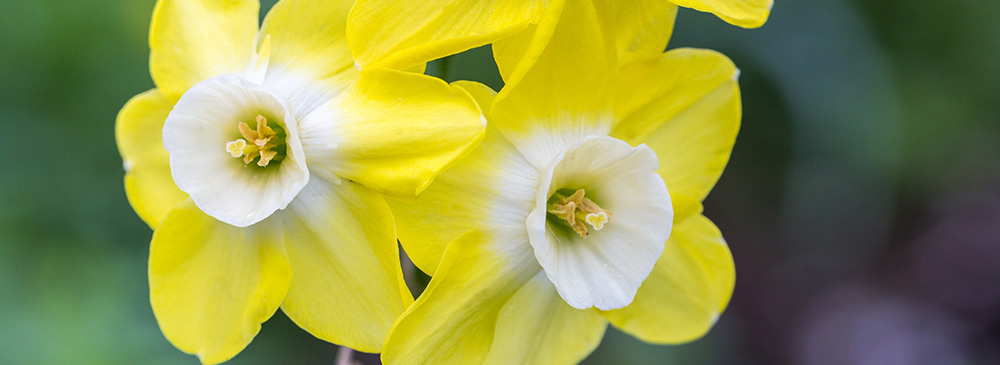
A beautiful jonquilla narcissus, multi-headed with delicate zesty blooms flowering in March and April. Each 20cm stem carries up to four fragrant, lemon-yellow, and white bi-coloured flowers, each 7cm across. The colours fade to creamy-white as the blooms age. Jonquils are native to southern Europe and north-eastern Africa and are usually much more subtle in colouring and shape than the common bright-yellow daffodil.
Narcissus Dick Wilden

Celebrate spring in style with the cheerful pompom-like blooms of Narcissus Dick Wilden! A traditional yellow daffodil with a twist - layer upon layer of lemon and egg-yolk yellow petals form the remarkable and showy heads of this narcissus on tall stem
Narcissus Blazing Scarlet
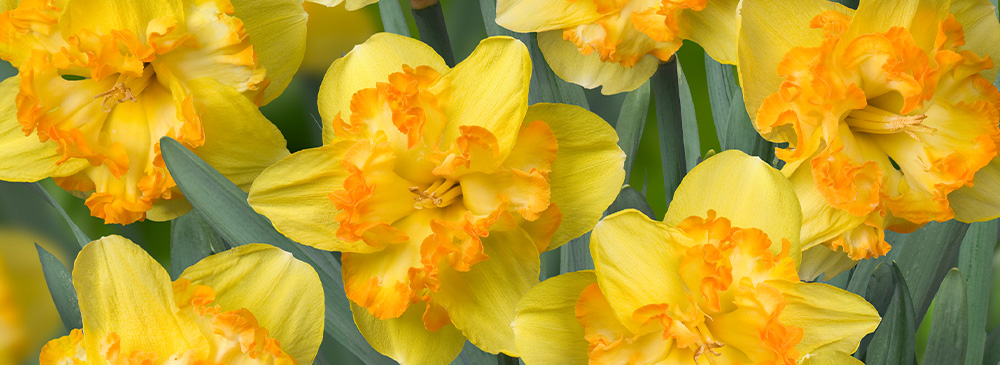
The extraordinary frilly split-trumpets of Narcissus Blazing Starlet make this cultivar an unusual spring flower to spark interest in your garden. Classic sunshine-yellow petals surround a beautifully ruffled, large orange trumpet on sturdy stems reaching 45cm tall.
Narcissus Golden Ducat
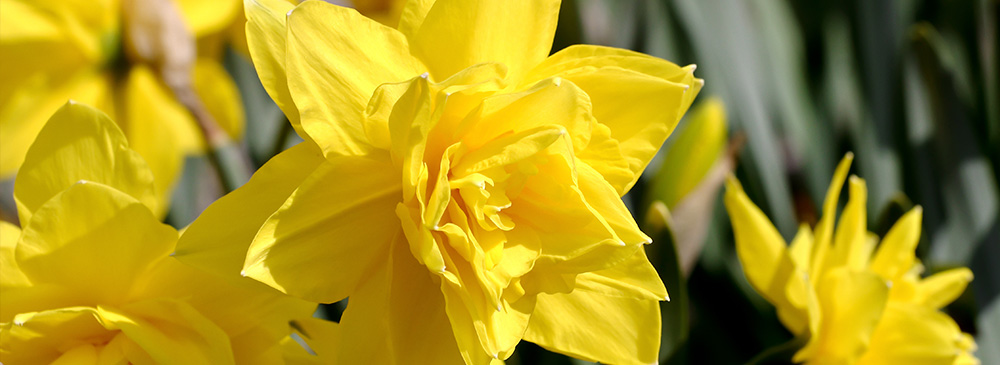
A rare daffodil from yesteryear, this is a heritage variety from 1910. The large blousy blooms have no trumpet and were originally bred for Edwardian ladies to decorate their hats, hence the flamboyant bright yellow flowers which grow in whorls for a 360-degree display.
Narcissus Fragrant Rose
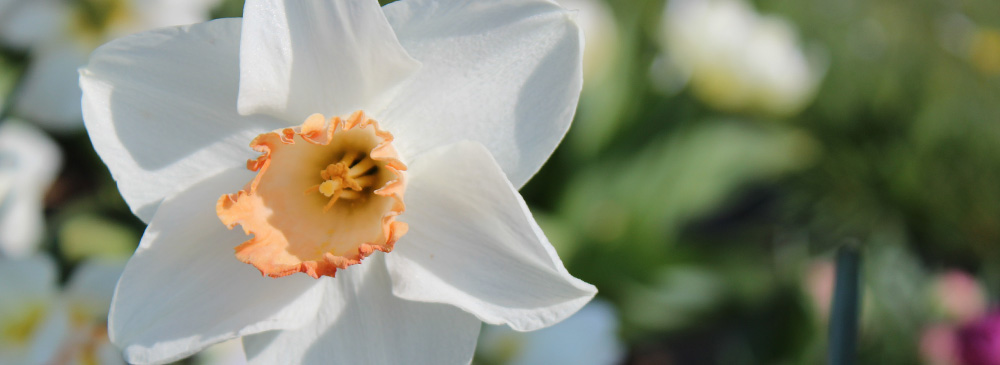
Perhaps one for those who love scent, because Narcissus 'Fragrant Rose' is a magnificent daffodil; apricot-pink cups which emit a delightful and heady rose fragrance. Enjoy spring, enjoy the simple pleasure of growing a daffodil and enjoy cutting the stems to bring into your home.
An ode to Daffodils:
Do you remember your time at school, when you were in the English class and had to recite William Wordsworth’s ‘Daffodils’, written in 1804?
I wandered lonely as a cloud
That floats on high o'er vales and hills,
When all at once I saw a crowd,
A host, of golden daffodils;
Beside the lake, beneath the trees,
Fluttering and dancing in the breeze.
…and so, the poem went on for another three verses.
I recall thinking as a 13-year-old, “Dear Lord, let this school day end”, having no comprehension how any human could be mesmerised by a daffodil. Fast forward to present day, and I now doff my metaphorical cap to W.W. and his poetry - which captured with eloquence the wonder of one of nature’s terrific creations.
Daffodils have a long and illustrious history, and we know from the Greek philosopher Theophratus these bulbs were grown in ancient Greece as early as 300BC. The Monty Python Crew once asked in the film the ‘Life of Brian, “What have the Romans ever done for us?”, apart from roads, toilets, bathing, wine, sewage systems and aqueducts…they also brought with them, DAFFODILS; though not for beauty, but for their believed healing powers. These magical Roman ‘golden blooms’ have been with us in the UK ever since.
Before continuing, let us solve the question most asked, ‘should you say narcissus or daffodil?’ You hear both in use and they seem interchangeable, so is there a difference? The answer is unequivocally, ‘use either name,’ because narcissus is the Latin name and daffodil the common name. I do like the American Daffodil Society’s rule which is – “if you are writing a scientific journal use narcissus, otherwise call them daffodils.” Well done to our American cousins; straight talking as always.
Another issue I pondered was, how does such a lovely harmless bulbous perennial become named after the most vain-glorious man in folklore? Of course, I am talking about Narcissus, the fellow who became mesmerised for several days by his own reflection, then fell exhausted into a stream and drowned. Some daffodils originally grew wild by the banks of streams and the ‘story’ was, Narcissus before he died, turned into a beautiful yellow flower, hence, they took his name. (I have often been accused of a similar trait as Mr Narcissus, though as yet have not been mistaken for a beautiful flower).
Daffodils are a symbol of rebirth. Pretty obvious, as the sight of a drift of their yellow blooms are a harbinger of Spring, of better times, of warmer days, of the passing of winter. This is a major part in their popularity, as the arrival of the sunrise-coloured flowers induces a wave of positive feelings, even more so with scented varieties.
Talking of varieties, were you aware there are an incredible 13,000 different varieties of daffodil including hybrids? This is quite an astonishing number to choose from, begging the query, which should you choose for your garden? We hope our top 10 has helped shorten your potential choices to a more manageable number!
William Wordsworth finished his poem with these lines:
And then my heart with pleasure fills,
And dances with the daffodils.
I fully appreciate what he meant and can now admit with honesty, only poetry can do justice to the beauty inherent in a daffodil.
Now, let’s get planting.





